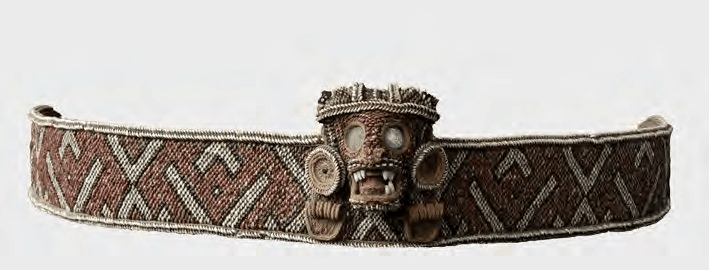One of the most fundamental words for understanding the culture and history of the indigenous peoples of the Caribbean is conuco. Still used in Caribbean Spanish and Papiamento, conuco referred to the mound plots of yucca and other crops cultivated by the "Taino" in the Antilles. Among the Lokono or Arawak on the mainland, however, a forest is called kunuku. How is it that among the "Taino" in the Caribbean, a word for forest was used for agricultural plots clearly human-made? Some scholars, such as Sven Loven, interpret this as evidence that in their ancient past, the "Taino" used to construct their mounds after clearing a wooded area. This could be the case, yet it is intriguing that none of the other Arawakan languages spoken nearby have adapted the word for forest to an agricultural plot or mound.
Let us take a brief look at words for related concepts in other languages spoken in northern South America, as well as Garifuna and Kalinago. In Garifuna, a farm is méinabu. The word for forest, however, is árabu. This same word is used for flora, too, while to cultivate is ábunagua. This latter term may be related to the word for to bury, ábuna. Looking to the Kalinago or "Island Carib" language, obviously similar to Garifuna, one finds a few more words. A garden, according to Rochefort, is maina. A forest is arabou, clearly the origin for the Garifuna term. Breton's dictionary, however, provides a few more words for garden. One word given in his dictionary is oubácali. Other synonyms for garden include máima, as well as Icháli. The second term actually survives in Garifuna as ichari, or large vegetable patch. To our knowledge, neither Rochefort nor Breton listed a word similar to conuco for farm, plot, soil or mound. However, one can see that Icháli is the "female language" word for garden, and presumably the Arawakan-derived term used in the Lesser Antilles before the expansion of Cariban-speakers in the archipelago.
Examining South American languages may provide additional clues. The aforementioned Lokono, for instance, uses ororo for earth, according to Goeje's The Arawak Language of Guiana. To plan is abone whilst land or farm is o-horora. A tree is called ada and a planted field is kabuya. Only kunuku, or forest, is close to the "Taino" word. Indeed, Palikur, another Arawakan language provides few clues, too. Terre is translated as wayk, but forest is ahavwi. A farmer is called a wasevutne and wood is ah. In Wayuu, another Arawakan languages, selva is translated as wuna'apü, tree or wood is wunu'u and una'apü. To sow is in apünajaa and cultivo is pünajüt. The Wayuu term for forest may be related to the Kalinago and Garifuna words. The even more distant Ashaninka language of the Amazonian region uses inchatoshi for forest, and quipatsi for earth. Last, but certainly not least, the non-Arawakan Warao tongue uses daukaba for conuco and hacienda. Their word for wood or forest is dauna/daina. Intriguingly, the Warao use dau for wood and tree. Their word for tierra, Jobaji, is unlike other words we have encountered just as namú for sembrar is unique. Like the "Taino" in the Antilles, the Warao seem to use a word for conuco that ultimately derives from their word for tree and forest.
Although we have barely scratched the surface, one wonders if the unique character of the "Taino" conuco deriving from a term for forest can be seen as a parallel with speakers of Warao. Although they did not share the same terminology for their plots of land, both languages seem to have adapted their words for forest for agricultural lands used for cultivating crops. This etymology also makes more sense than that proposed by Vescelius and Granberry, who sought to trace the origin of conuco to uku (meaning earth, soil, or terrain) and ko, for planting of crops. Is it possible that the early speakers of the "Taino" tongue, who we know interacted with Warao speakers they borrowed the word duho from, were similarly influenced by terminology or ideas traced to agriculture? A lot more work remains to be done.

No comments:
Post a Comment